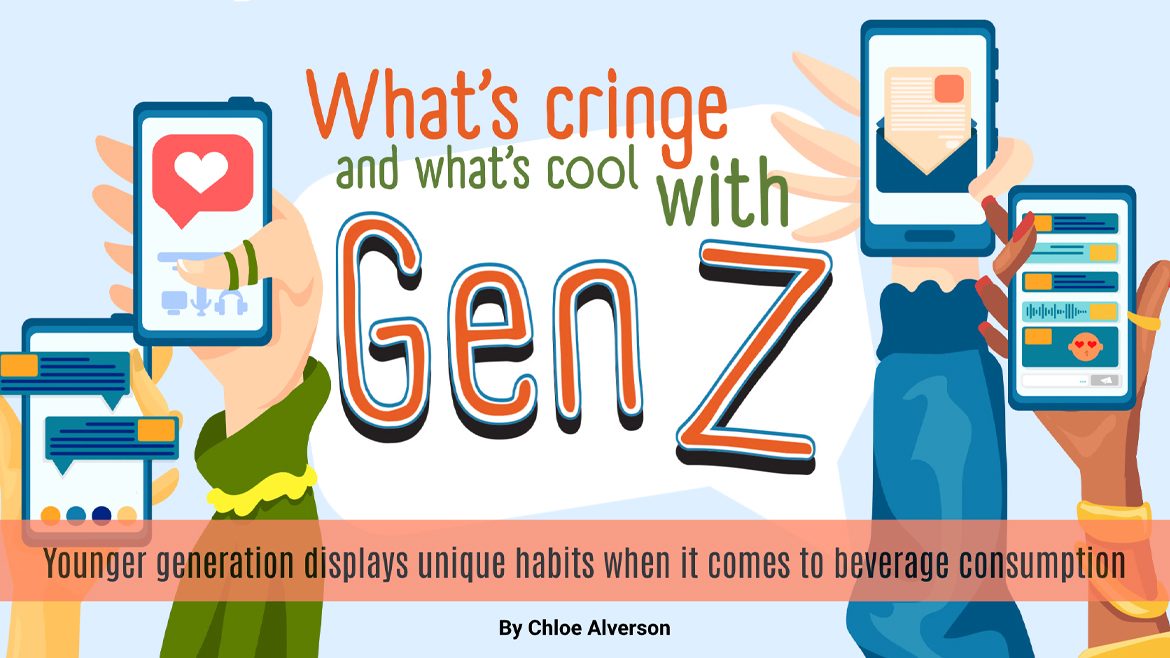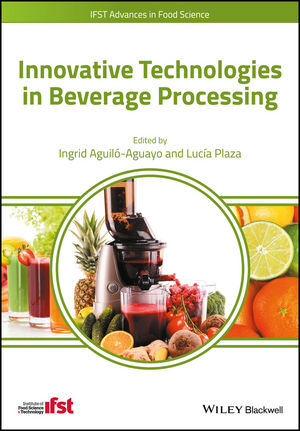Suppliers support those in need of Red No. 3 alternative
FDA issues deadline of Jan. 15, 2027, for food manufacturers to reformulate products

(Photo by Christina Pirrone)
Screenwriter Noel Langley is known for his decision of changing Dorothy’s iconic slippers to ruby red in the 1939 motion picture “The Wizard of Oz,” a deviation from the L. Frank Baum’s 1900 novel “The Wonderful Wizard of Oz.” However, the 1995 George Maguire novel and 2024 hit film “Wicked” brought the slippers back to their original silver color.
Color changes in entertainment productions and novels are mostly an aesthetic choice, but following a recent revoking of authorization by the Food and Drug Association (FDA), manufacturers choice of FD&C Red No. 3 has become a matter of law.
On Jan. 15, the FDA revoked the authorization of FD&C Red No. 3 based on the Delaney Clause of the Federal Food, Drug, and Cosmetic Act (FD&C Act).
The update stated: “The FDA is amending its color additive regulations to no longer allow for the use of FD&C Red No. 3 in food and ingested drugs in response to a 2022 color additive petition. The petition requested the agency review whether the Delaney Clause applied and cited, among other data and information, two studies that showed cancer in laboratory male rats exposed to high levels of FD&C Red No. 3 due to a rat specific hormonal mechanism. The way that FD&C Red No. 3 causes cancer in male rats does not occur in humans. Relevant exposure levels to FD&C Red No. 3 for humans are typically much lower than those that cause the effects shown in male rats. Studies in other animals and in humans did not show these effects; claims that the use of FD&C Red No. 3 in food and in ingested drugs puts people at risk are not supported by the available scientific information.”
The FDA explained that the Delaney Clause was enacted in 1960 as part of the Color Additives Amendment to the FD&C Act. The clause prohibits FDA authorization of a food additive or color additive if it has been found to induce cancer in humans or animals.
Manufacturers that use FD&C Red No. 3 in food and ingested drugs have until Jan. 15, 2027, or Jan. 18, 2028, respectively, to reformulate their products, the FDA states. This also will impact imported products from countries where FD&C Red No. 3 for certain uses, noting these companies will have to comply with U.S. requirements.
The FDA explains that FD&C Red No. 3 has been primarily used in certain food products, such as candy, cakes and cupcakes, cookies, frozen desserts, and frostings and icings, as well as certain ingested drugs.
Response to the announcement was welcomed by those providing color solutions to the market.
“ColorMaker welcomes [the] decision by the FDA to delist FD&C Red No. 3,” says Stephen J. Lauro, president of colorMaker Inc., Anaheim, Calif. “We do not foresee industry disruption. Most food and beverage processors removed FD&C Red No. 3 from their products years ago. We continue to respond to growing consumer demand for natural colors, in both food and beverage products, and we look forward to surprising food and beverage processors with the vibrancy and stability of our custom natural color blends in their finished products.”
Although FD&C Red No. 3’s usage in beverage is more limited than food products, suppliers anticipate this revoking of the authorization will accelerate the adoption of natural color solutions.
“The Red No. 3 ban represents a massive moment for the whole food and drink industry,” says Alice Lee, technical marketing manager at GNT USA LLC. “It’s only used in a handful of beverage products, most notably powdered and RTD nutritional drinks, but the decision is likely to accelerate the general shift toward natural colors.
“Many beverage brands had already been looking to get ahead of the game and update their recipes using clean-label alternatives,” she continues. “Our EXBERRY colors are made from non-GMO fruit, vegetables, and plants and we’ve definitely seen an uptick in requests to replace artificial colors recently. That’s partly down to the growing consumer demand for more natural ingredient lists, especially now that the ban has revived the debate around the safety of artificial colors. It’s also because brands don’t want to get caught out if the FDA or individual states decide to restrict other artificial colors in the future.”
For those looking to replace FD&C No. Red 3 in powdered nutritional drinks, Lee notes that EXBERRY offers a range of concentrates, including black carrot, red sweet potato, blackcurrant, and radish for lower-pH applications, as well as beetroot concentrates for neutral-to-alkaline applications.
Lee adds that replacing FD&C No. Red 3 in ready-to-drink nutritional drinks can be more challenging though, because of their high pH and ultra-high-temperature treatment as well as the need for long-term shelf stability.
Although FD&C No. Red 3 is not as common in beverages, manufacturers more commonly use FD&C No. Red 40 for red drinks, Lee says. This color is not subject to an FDA ban; however, California will prohibit its use as well as Blue 1, Blue 2, Green 3, Yellow 5, and Yellow 6 in kindergarten through 12th grade schools and their food programs beginning in 2028, she explains.
“We’ve been working on a lot of replacement projects for Red 40 and other artificial colors in beverages in recent times, especially CSDs, sports drinks, and juice drinks,” Lee says. “When working to replace artificial colors, our application experts begin by testing with a representative uncolored base or a model formula to determine the best color match. We take into account factors such as target shade, pH, and processing conditions to achieve optimal results. In most cases, we can replicate the performance of artificial colors closely. More importantly, it means beverage brands can expand their products’ appeal by offering more consumer-friendly solutions.”
Looking for a reprint of this article?
From high-res PDFs to custom plaques, order your copy today!










